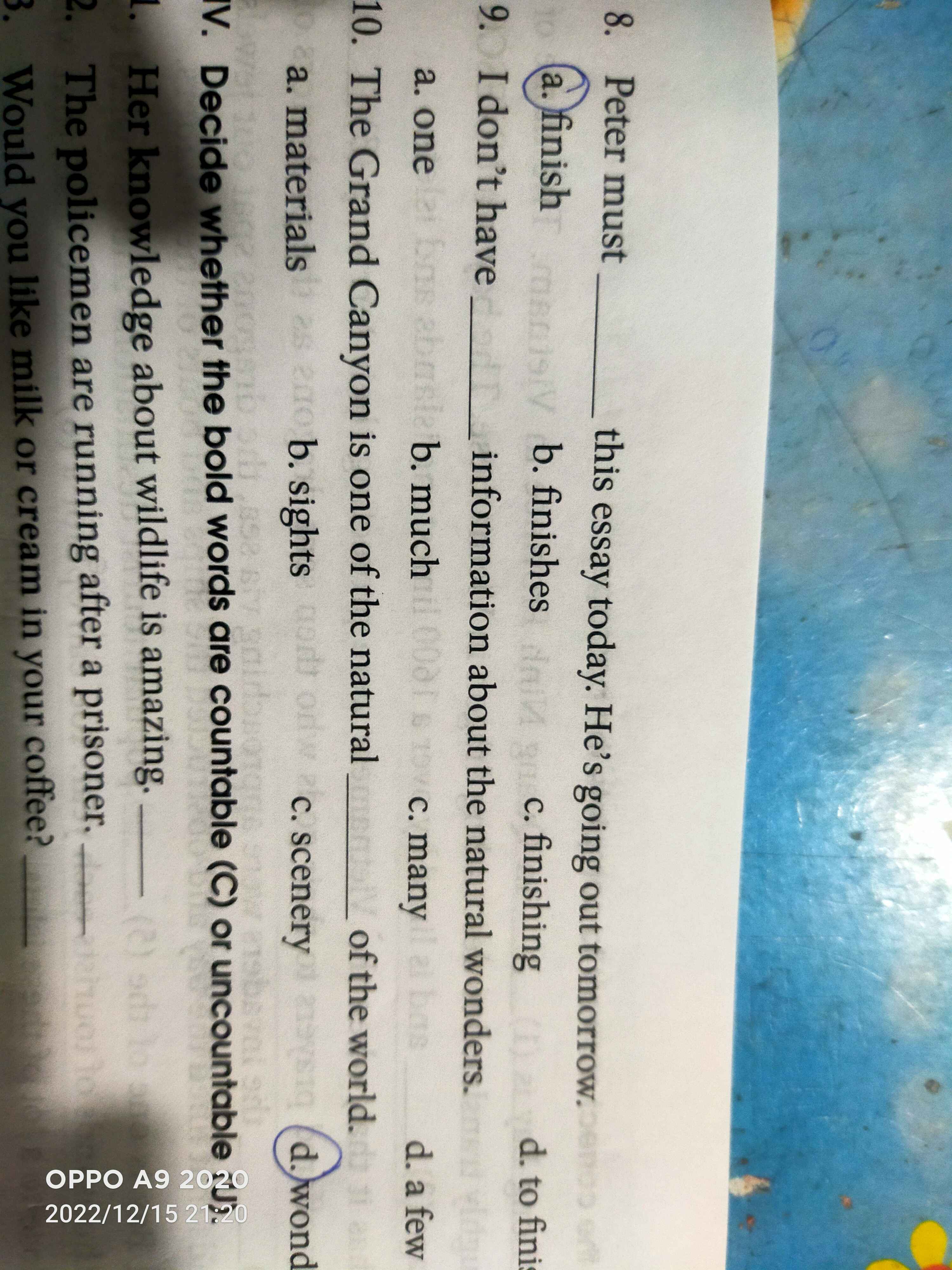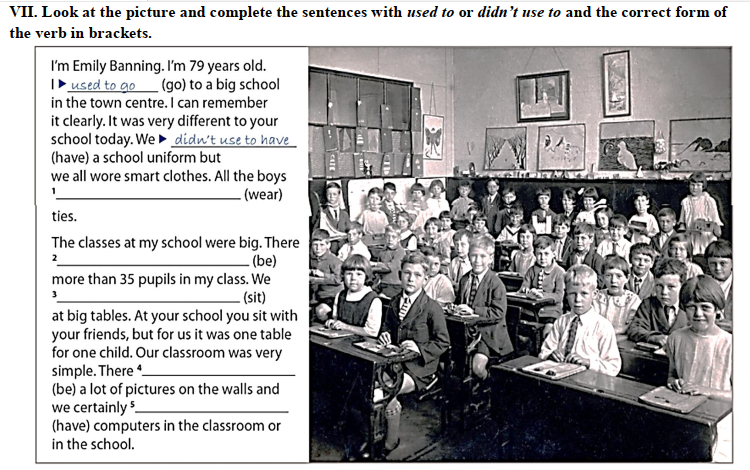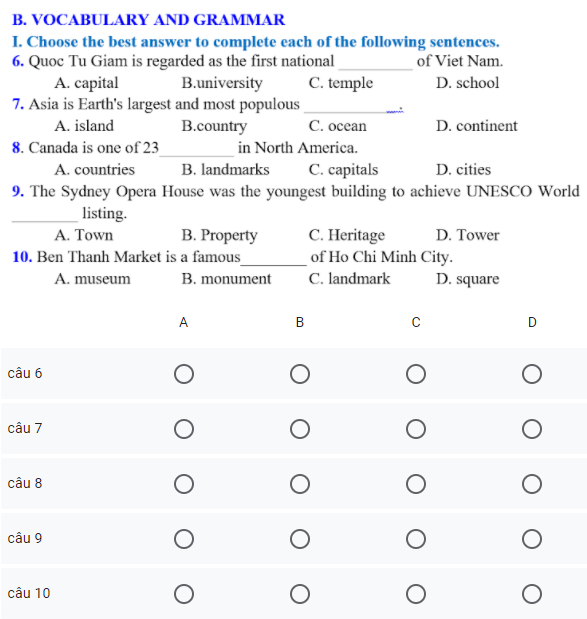
K
Khách
Hãy nhập câu hỏi của bạn vào đây, nếu là tài khoản VIP, bạn sẽ được ưu tiên trả lời.

Các câu hỏi dưới đây có thể giống với câu hỏi trên



VV
5 tháng 4 2017
Làm theo các bước sau :
B1 : Mở tủ lạnh
B2 : Cho voi vào , nếu ko lọt thì .........Ghết
B3 : Đóng tủ lạnh ![]()
NT
1

27 tháng 1 2017
Mùa xuân xin chúc – Khúc ca an bình – Năm mới phát tài – Vạn sự như ý – Già trẻ lớn bé – Đầy ắp tiếng cười – Trên mặt ngời ngời – Tràn đầy hạnh phúc – Xuân đến hy vọng – Ấm no mọi nhà – Kính chúc ông bà – Sống lâu trăm tuổi – Kính chúc ba mẹ – Sức khoẻ dồi dào – Đôi lứa yêu nhau – Càng thêm nồng ấm – Các em bé nhỏ – Học giỏi chăm ngoan – Chúc Tết mọi người – Năm mới hoan hỉ – Gặp nhiều niềm vui.

3 tháng 2 2017
Air pollution can make people sick.
Đúng cho mik nha! Mik thi ioe gặp câu này và lám đúng đấy!

A
18 tháng 3 2017
this is the amazing trip
One of the most populous urban areas in the world. As a pioneering global city, New York has a strong influence on global commerce, finance, culture, fashion and entertainment. As the United Nations places the headquarters, it is also an important center for international affairs.and you can know how the people the live. there are a lot of interesting things. when the travel finish, i want to visit again and i hope that




6-c
9-b( mik nghĩ z thôi chứ mik cũng k chắc nx ạ nhưng mong bn ủng hộ tại mik ms lm cái này )